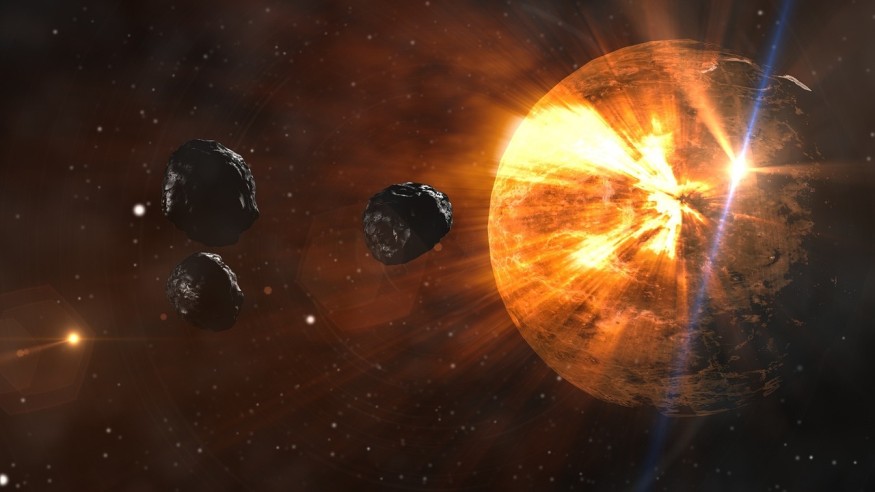Dinosaurs and some other species across Earth went extinct 66 million years ago after a space rock, known as the Chicxulub impactor or Chicxulub asteroid, struck our planet.
The 10-kilometer-wide asteroid struck the Yucatan Peninsula in the Gulf of Mexico, destroying over 75% of all animal and plant species, including non-avian dinosaurs. Since then, scientists have discovered a cascade of events like powerful earthquakes and a global tsunami that transpired following the disaster.
While there have been several natural disasters linked with the ancient asteroid strike, the scientific community pondered for a long time how exactly non-avian dinosaurs died, despite simulated scenarios that depicted their demise. Now, a new study led by a group of scientists in Belgium revealed what exactly killed the dinosaurs: dust from pulverized rock.
Dust from Pulverized Rock

Changes in the environment such as the blocking of the sunlight is one of the main catalysts for the prehistoric extinction event at the end of the Cretaceous period around 66 million years ago. This environment-altering phenomenon is in addition to the natural disasters mentioned earlier. However, causes of dinosaur extinction in the past have only been associated with large-scale natural disasters.
Now, a study entitled Chicxulub impact winter sustained by fine silicate dust published in the journal Nature Geoscience on Monday, October 30, suggests that dust from pulverized rocks caused by the planet-killing Chicxulub impactor was a major contributor for the extinction of the dinosaurs. The findings indicate that the initial shockwave of the Chicxulub asteroid was only the beginning of the mass extinction event.
Global Winter
In the context of a global winter, a notion often associated with the Chicxulub impact, authors of the Nature Geoscience study asserted that the ancient winter's climatic consequences caused by various debris that went into the atmosphere remain unclear. The exact mechanisms of the Cretaceous-Paleogene mass extinction also remain poorly understood.
Based on the study's results, the simulations showed that the injection of micrometer-sized silicate dust caused a 15-year winter, which pertains to the plummeting of global-average surface temperatures by 15 degrees Celsius.
Photosynthesis Shutdown
Due to constrained knowledge surrounding the global winter, the research team in Belgium presented paleoclimate simulations based on sedimentological constraints from an expanded deposit of Chicxulub-related sediments in North Dakota. The simulations aimed at evaluating the relative and combined effects of the impact caused by fine silicate dust and sulfur, including those from wildfires, during the post-impact climate.
Furthermore, the findings also assert that dust from pulverized rock may have blocked sunlight and caused the shutting down of photosynthesis, which plants utilize to make their food, for almost two years. This means that dinosaurs did not go extinct immediately after the giant space rock struck Earth.
Arriving at their conclusion, the Belgium team suggests that the dust simulations, together with additional cooling contributions from soot and sulfur, provide consistent and accurate evidence to the narrative surrounding the collapse of photosynthesis in the aftermath of the Chicxulub impact.
© 2025 NatureWorldNews.com All rights reserved. Do not reproduce without permission.





